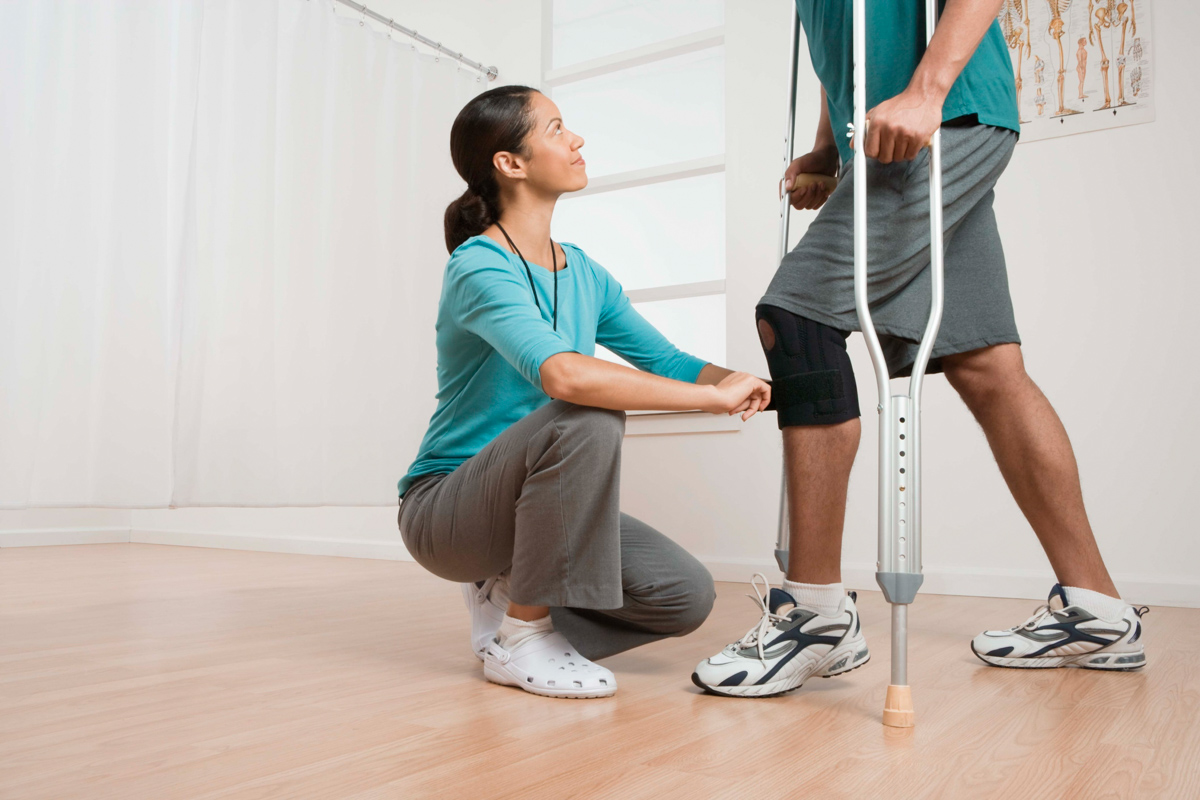Efficient Approaches for Alleviating Dyspnea in Physical Therapy Appointments
Efficient Approaches for Alleviating Dyspnea in Physical Therapy Appointments
Blog Article
Dyspnea, or difficulty respiration, is a frequent issue that many people face, especially those with long-term lung conditions, heart issues, or other health concerns. In physical therapy appointments, addressing breathing difficulties is crucial for helping clients enhance their overall quality of life. By employing specific techniques and approaches, physical therapists can help patients in controlling their respiratory difficulties. Grasping these efficient methods can enable both therapists and patients to collaborate together more efficiently in overcoming obstacles related to dyspnea.
One of the primary techniques used to reduce breathing difficulties in physical therapy is the application of controlled breathing activities. These activities often concentrate on abdominal breathing, which encourages patients to use their diaphragm rather than their upper thoracic muscles when inhaling. This approach helps to increase lung volume and efficiency. Additionally, pursed-lip breathing is another approach that can be helpful. This technique requires inhaling through the nose and exhaling slowly through compressed lips, which can help to keep airways open longer and render breathing feel more manageable. By incorporating these activities into therapy sessions, physical therapists can provide patients with strategies to control their breathing difficulties both during and outside of their sessions.
Another important element of managing breathing difficulties in physical therapy is the development of an personalized exercise program. Customizing exercises to meet the individual physical therapy for early intervention needs and capabilities of each patient is crucial. Therapists should slowly introduce aerobic activities, such as walking or biking, in a structured manner, allowing patients to build their endurance over time. This incremental approach helps patients to feel more at ease with physical activity while simultaneously improving their lung capability and overall endurance. It is vital for therapists to monitor patients carefully during these exercises to make sure they are not overexerting themselves, which could result to increased difficulty of breath.
Education also plays a major role in reducing dyspnea during physical therapy sessions. Providing patients with knowledge about their condition and the factors behind breathing difficulties can empower them to take charge of their health. Therapists can explain how elements like anxiety, posture, and surrounding conditions can influence breathing. By comprehending these concepts, patients can learn to control their symptoms more effectively. Techniques such as anxiety reduction strategies and proper body mechanics can further assist in minimizing the effects of breathing difficulties during daily activities and therapy appointments.
In summary, successfully reducing breathing difficulties in physical therapy sessions involves a mix of breathing activities, individualized exercise programs, and patient teaching. By implementing these effective approaches, physical therapists can assist patients manage their respiratory difficulties and improve their overall health. Collaboration between therapists and patients is crucial to create customized interventions that address individual needs. With the right support and methods, patients can find relief from breathing difficulties and participate more completely in their physical therapy process, ultimately leading to a better quality of life.